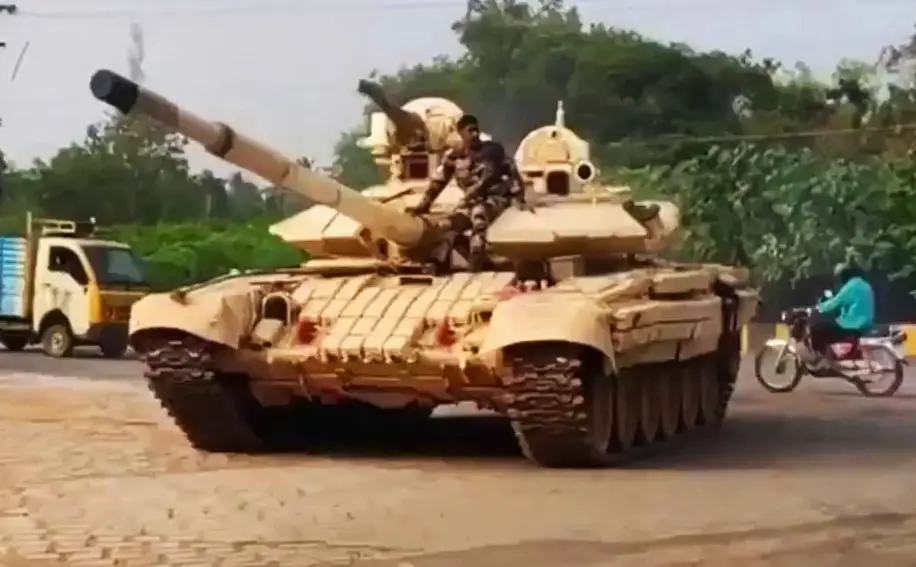- Joined
- 19 July 2016
- Messages
- 4,275
- Reaction score
- 3,459
A shed load of elbow grease to buff that out. A pity the quality is so poor but normal for this type of issue.

I'll zoom in here for a sec:I understand the need for the net but man, that presentation looks ridiculous
View: https://x.com/defensehere_en/status/1891456758008140286


To the contrary. Now is a peak in MBT market activity and it's only estimated to rise until the mid 2030's.To be fair, it is a bad time to buy or sell tanks. Too much is in flow right know. One year ago you could tackle the whole FPV problematic with jammer systems but after the fiberoptic cable solutions, that does not cut it anymore.
Europe has no AFVs with APS, sans demonstrators. That is a major issue. But I doubt they'll need to be cluttered as much to properly defend.All the “clean” tank systems are not battle tested and I think a real solution will have major operational consequences. Perhaps like having a dedicated vehicle always around or getting the omitted loader back inside the tank, with additional duties and therefore thwarting the T-14 concept.



Unbalanced in which way?Both Ukraine and Russia are unbalanced forces. Hence we should not draw too many lessons from Ukraine. Over-learning is often just as dangerous as under-learning. You could learn the wrong lesson.
Poor relay drone(10k usd something apiece, with a few more in nearby treeline on standby).Ground controllers will see this:
Looks expensive and emmittey.And the swarm will see this:
It is a Soviet era armed force with point additions of western tech of varying levels of modernity, and domestic equipment based on civilian grade tech.Unbalanced in which way?
Artillery radars must emit for a long time. High power microwaves only emit for very short periods, only when engaging an enemy. There is no practical resemblance to a radar in terms of emission.Looks expensive and emmittey.
I wonder how this, in the middle of the battlefield, will react to an average 6" splinter rain.
Or, more disguistingly, to a personal optical FPV sneaking by down low.
Big artillery radars often suffer dozens of miles behind battlefield. Now you want one at LOC.
If you have enough long range fire to blast every hole and $100 dollar radio emitter within the tactical depth of 20km, why would you bother with a force structure around a weapon with 500m effective range and design vehicles exclusively to defend against a weapon with 500m range?And another contributor to AFVs remaining "clean" in the forseeable future is the subject of spectrum dominance. It's a fairly silent revolution of the battlefield.
Every armed force would want to know what's being transmitted around the battlefield, by whom (friend or foe), from where, and for what task.
If you deploy an inter-communicating drone swarm, it'll get picked up. Operators in the rear will get quickly picked up as well.

And then this hard labor will see 2 things.
Ground controllers will see this:

Other AFVs are pretty damn big and easy to see, so the greatest threat to AFVs is not other AFVs.It seems to me that the greatest threat to AFVs is the thing they don’t see.
